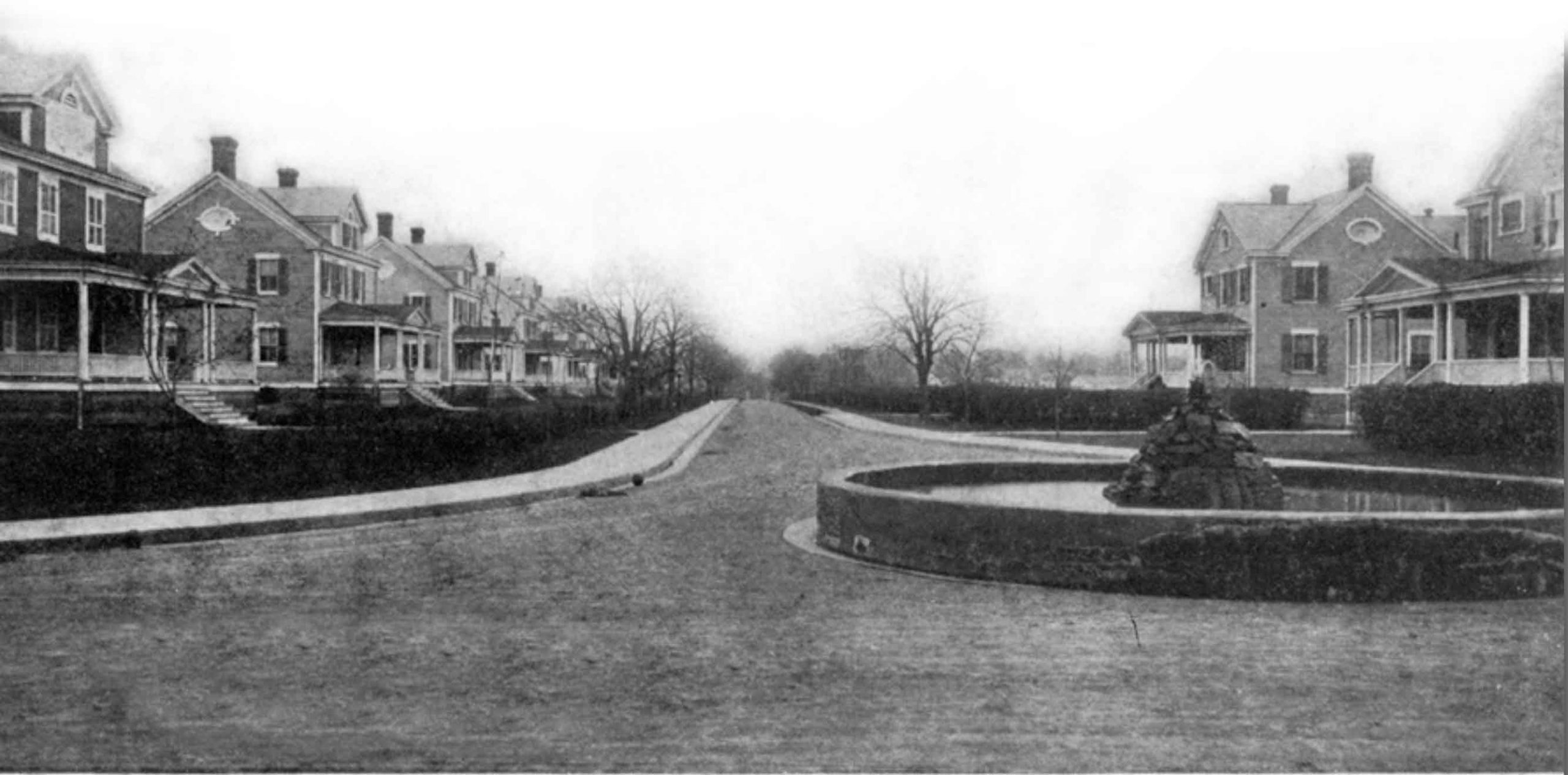- 302-838-7374
- info@fortdupont.org



EXPERIENCE THE OUTDOORS
Since the 19th century Fort DuPont, the Fort DuPont community has served as a bustling military site on the majestic Delaware River. Now we have the rare opportunity of creating a new lifestyle-based community that builds on its historical roots, designed around the water and great outdoors. In addition to the restoration of historic homes and commercial buildings, Fort Dupont will include new residential construction, and recreation and park amenities.
When Delaware City was planned in 1828 the promoters pictured a city as large as Wilmington or Philadelphia. An early plat shows a grid of streets on both sides of the original canal, which ran from southwest to northeast and entered the river at Newbold’s Landing.
The canal was busy, and as time went on the city too was busy. It never became the coal port its backers hoped for. Eventually, the canal became the town boundary.
The Branch Canal still follows the original route, but instead of a city on its south bank, in time the land became a military base. Fort DuPont was built on a farm that Clement Reeves sold to the government. It was commissioned in 1898 as part of the nation’s coastal defense system. In 1947 it was turned over to the State of Delaware.
Today, nearly 200 years later, historic Fort DuPont is poised to be transformed into a model “live-work-learn-play and visit” community with connections to local and regional recreation. The campus includes the Fort DuPont State Park. The original military buildings comprise the Fort DuPont National Historic District.
In 1864, Sgt Bishop Crumrine wrote, “these guns command the channel and could blow to atoms any vessel rash enough to attempt to pass.” In the decades to follow, “the battery at Delaware City” was gradually modernized into a formidable military post remaining active through World War II. Declared surplus, the site reopened in 1948 as the Governor Bacon Health Center. By 1996, over three-hundred acres were reestablished at Fort DuPont State Park.
While construction took place on the early 19th-century version of Fort Delaware, the Board of Engineers made plans also to fortify the Delaware mainland. Their 1821 operations summary estimated that a construction cost of $347,257.
1
The initial plans to fortify the Delaware mainland, with an estimated construction cost significantly higher than Fort Delaware due to the complexities of securing land approaches.
2
The construction of a Ten Gun Battery under Lt. Col. Henry Brewerton, featuring advanced design and heavy artillery capable of long-range fire.
3
The gradual abandonment of the original battery for new military technology and strategies, reflecting the evolution in warfare and defense technologies.
4
The shift in the role of Fort DuPont, first as a training ground for army engineers and then as a critical part of the coastal defense system in an era dominated by air warfare.
5
The fort's involvement in social programs like the Civilian Conservation Corps and Works Progress Administration, highlighting its role in the broader societal context of the time.
6
The transformation of Fort DuPont into a critical training post and its role as a prisoner of war camp, showcasing the fort's adaptability to changing military needs.
7
The conversion of the fort into the Governor Bacon Health Center and later into Fort DuPont State Park, marking its shift from a military to a civilian and recreational role.
Appointed by the Governor
Department of Natural Resources and Environmental Control
Controller General
Delaware Office of
Management Designee
Office of State Planning Coordination
Delaware Department of State Designee
Appointed by Hon. Jack Walsh
Appointed by Hon. Deborah Heffernan
Delaware Prosperity Partnership
Appointed by President Pro Tempore
Delaware City resident
Appointed by the Governor
Delaware City resident
Appointed by the Governor
Delaware City (Fort DuPont) resident
Appointed by Speaker of the House
Delaware City (Fort DuPont) resident
City Manager, Delaware City
Delaware City resident
(Non-board member)

From Wilmington take I-95 south to DE Route 1 south toward Dover. Take exit 152 for Delaware City and Route 72. Turn left on Route 72 and follow into Delaware City. Go through the traffic light at Clinton Street and continue over the Branch Canal Bridge. Take your first left, which will put you onto Old Elm Ave and into Fort DuPont. Follow Old Elm Ave along the parade ground (on your right) to the first building on the right, 260 Old Elm Ave.